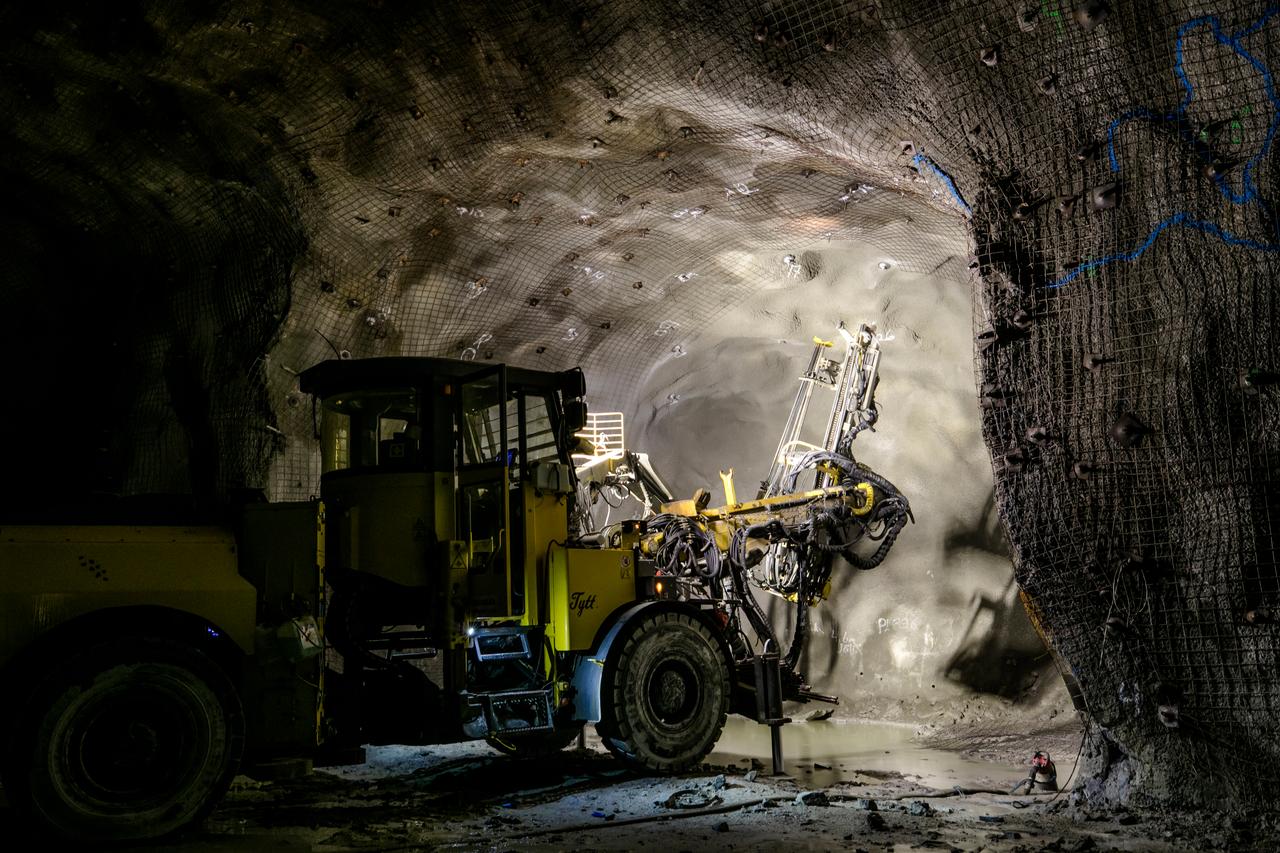The changing geopolitical situation and the increasing importance on supply chain risk management offers a clear opportunity to strengthen Finland's position in the mineral market. Minerals, and thus a responsible mining industry, play a growing role in Europe’s green transition, security, and self-sufficiency.
Both in Finland and in Europe more broadly, the goals of the green transition and climate policy are ambitious. At the end of February, the European Commission published the Clean Industrial Deal aimed at improving competitiveness and a 90% emission reduction target by 2040. As part of achieving the targets, critical minerals and raw materials that are used in the production of lower-emission solutions, such as stainless steel, also play a key role.
Minerals have become a focal point in the debate on geopolitics and global security. Sustainable management, mining, and processing of critical minerals are key issues when defining both short-term and long-term security policy issues and opportunities for economic growth.
To add a layer of complexity, the mining and minerals industry must also pivot to face the changes brought on by the green transition. The transition is driving increased demand in minerals like copper, lithium, cobalt – and chromium. Without these critical materials, the world will struggle to meet its climate targets.
For Finland, the current global situation offers an opportunity to strengthen our position in the mineral market, to act as a stabilizer of the security environment and to take the lead in promoting sustainable mining. This is also supported by the National Minerals Strategy published by the Finnish Ministry of Economic Affairs and Employment, the implementation phase of which began in January 2025.
From Finland's competitiveness point of view, it is essential that the mining and processing of minerals remain in Finland. Securing the domestic supply of industrial raw materials and refining minerals as long as possible will maximize the added value created by the mineral industry and boost economic growth.

Ferrochrome is one of the key raw materials for stainless steel and is made from chromium ore. In addition to stainless steel, ferrochrome is used to make various alloy steels and metal alloys. In Finland, more precisely in Keminmaa in Northern Finland, there is the one and only operating chromium mine in the EU area – Outokumpu's Kemi mine. The nearest chromium mines are located in countries with geopolitical and responsibility risks, such as Russia, Turkey, and Kazakhstan.
This is a good example of our very exceptional position in the global mineral market. There is a need to manage the risks of supply chains and ensure the supply of important raw materials, which increases the demand for responsible Finnish companies.
Likely the best example of maximizing the value creation of a mineral cluster in Finland is Outokumpu's Tornio steel mill, which was established above a vast supply of chromium ore, has grown into one of the world's largest stainless steel production units over five decades."
Because of the long mining history of Finland and Outokumpu, there are also closed mines around the country. The environmental and safety conditions of these mines are being closely monitored and improved – in addition to exploring possibilities of utilizing tailings and waste areas as part of the circular economy.
Hopefully, our mineral clusters, which will become even stronger in the future, will make us an increasingly interesting player globally.
Finland now has an excellent opportunity to be a larger player in the global mineral market. It is time to see the growing role of our mining industry in terms of security, stability and self-sufficiency across Europe – taking into account the promotion of more sustainable mining as part of the green transition.
